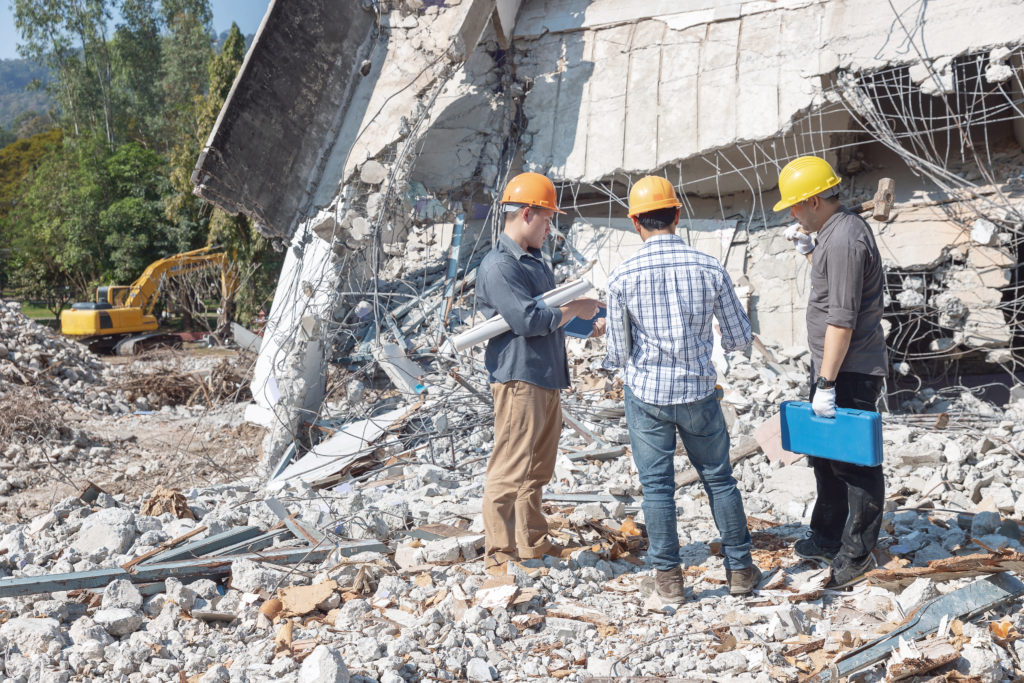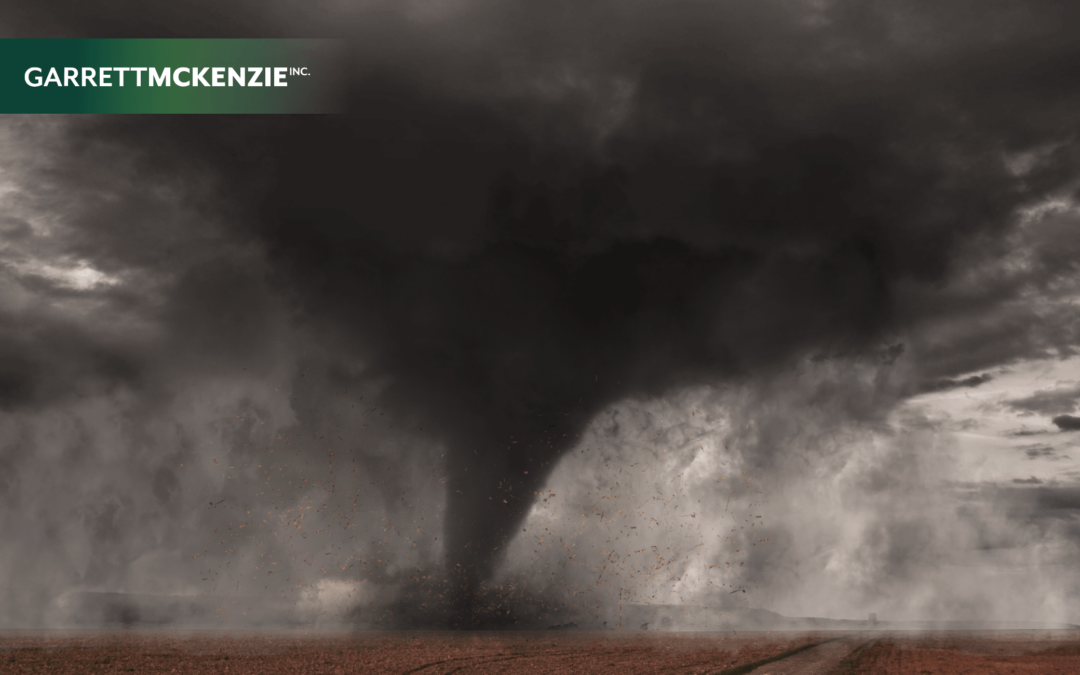Tornado damage, while unexpected, does not have to devastate a community. With cleanup, restoration and recovery plans, communities can move quickly to respond effectively to this natural disaster.
Every year, tornadoes challenge American communities. In 2017 alone, the U.S experienced several tornadoes across the south and mid-west causing loss of power, loss of homes and loss of life. Tornadoes leave behind a wake of debris. This debris is typically well beyond the capacity for local services to effectively remove on their own.
In 2011, Joplin, Missouri experienced a historic tornado with deadly consequences:
- EF-5 tornado initially ½ mile, expanding to ¾ mile wide
- Ground distance covered approximately 13 miles (6 miles within city limits)
- Winds estimated at 200 mph+
- 161 lives lost
- 7,160 of businesses effected
Joint Effort
Tornadoes which produce high volume of damage, like the 2011 Joplin destroyed or heavily impacted homes, tore off roofs, broke windows, ceased power and utilities and have massive vehicle damage. Secondary damages occur from the rain pouring into homes and businesses.
The whole community: businesses, homes and city properties are all effected. Local tree and debris removal services, temporary power distribution and board up companies may also have suffered losses and are not available regardless of their desire to serve their own communities. National help with these services is needed to quickly assist with the cleanup efforts, biohazard containment, debris removal and restoration plans.
Timeline of Cleanup
The inability to rapidly board-up and secure your property may leave your property and belongings exposed to further weather exposures and environmental concerns. Lack of power inhibits your ability to begin the restoration process and assess the damage. Debris surrounding the area may prohibit access to your property. Emergency crews with experience in disaster response have the resources to assist with these challenges.

Preparedness
While many tornadoes occur with no notice, often seasonal or condition warnings can alert a community to a potential upcoming tornadic event. Professionals around the country can deploy emergency equipment around an area facing imminent danger. This rapid response and proactive mobilization can make a huge difference in mitigating many secondary dangers after a tornado hits. When prepared municipalities and businesses secure restoration agreements before a disaster strikes, response teams and emergency equipment can be deployed in the early hours of a natural disaster response. Read about the importance of Rapid Mobilization in times of disaster
As with all emergencies, preparedness makes a tremendous difference. Communities should be proactive and create a web of connection between business partners, non-profit organizations, local, tribal and other stakeholders to mount a successful emergency plan.
Relationships with emergency response companies with portable generators for power supply, debris removal equipment and restoration crews, can be the key in addressing immediate concerns after a tornado hits.
When creating a tornado preparedness plan for your business include requirements for emergency vendors such as proper licensing, bonding and insurance and emergency contacts (cell phone, email, and business phone numbers). Ensure that local licensing and permits meet both yours and the municipalities criteria.
As businesses, municipalities, organizations, schools and families face the dangers of tornadoes, knowing cleanup and recovery plans are in place can lower weather-related anxiety. Having a clear plan that can be put into effect immediately also protects a community’s economic outlook by creating a clear path to long-term recovery after initial cleanup is complete.
The Federal Emergency Management Agency (FEMA) – provides guidelines for how a community can plan for natural disaster – debris removal.
LINKS for reference used above:
https://www.joplinmo.org/DocumentCenter/View/1985/Joplin_Tornado_factsheet?bidId=


Recent Comments